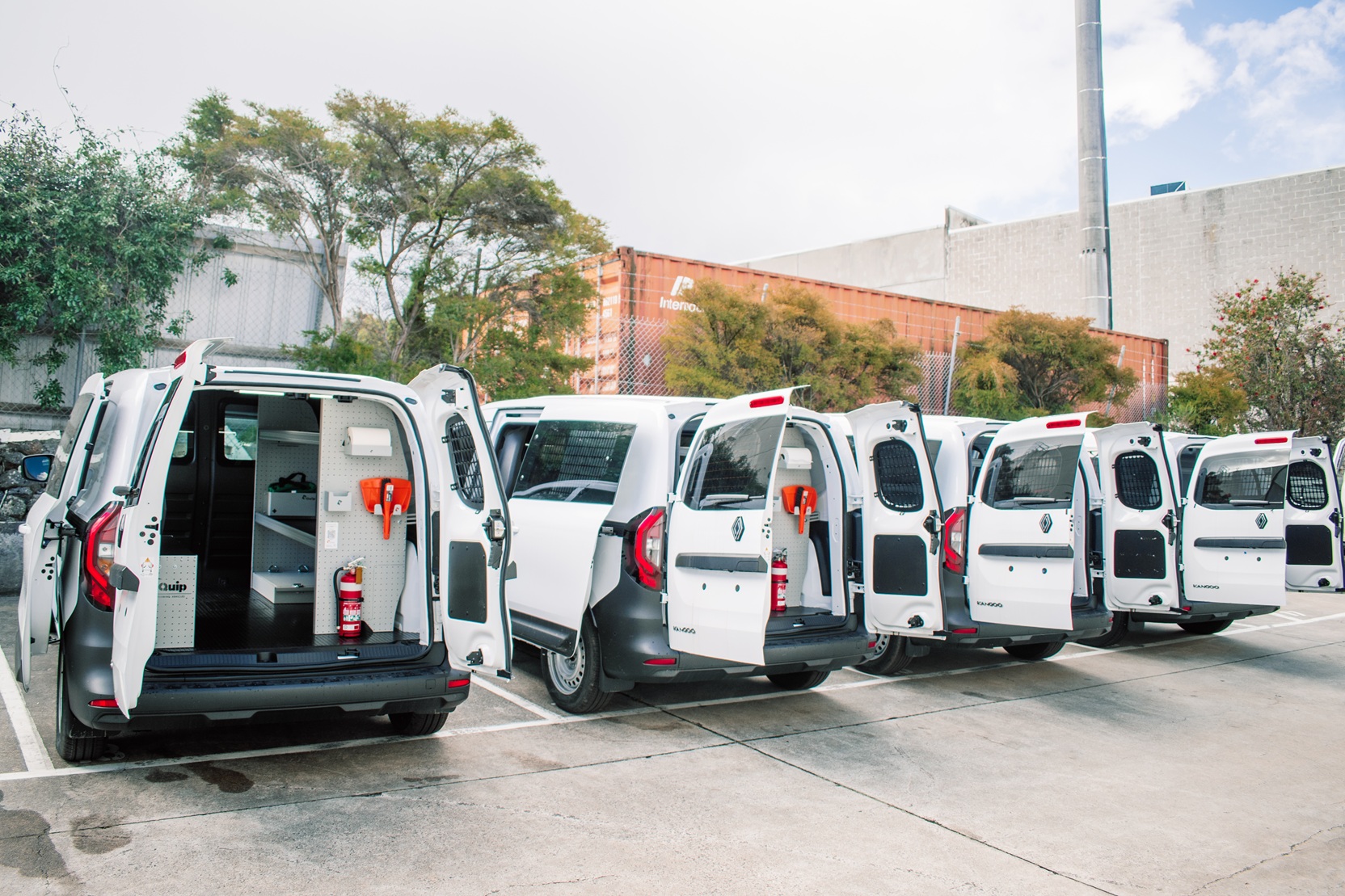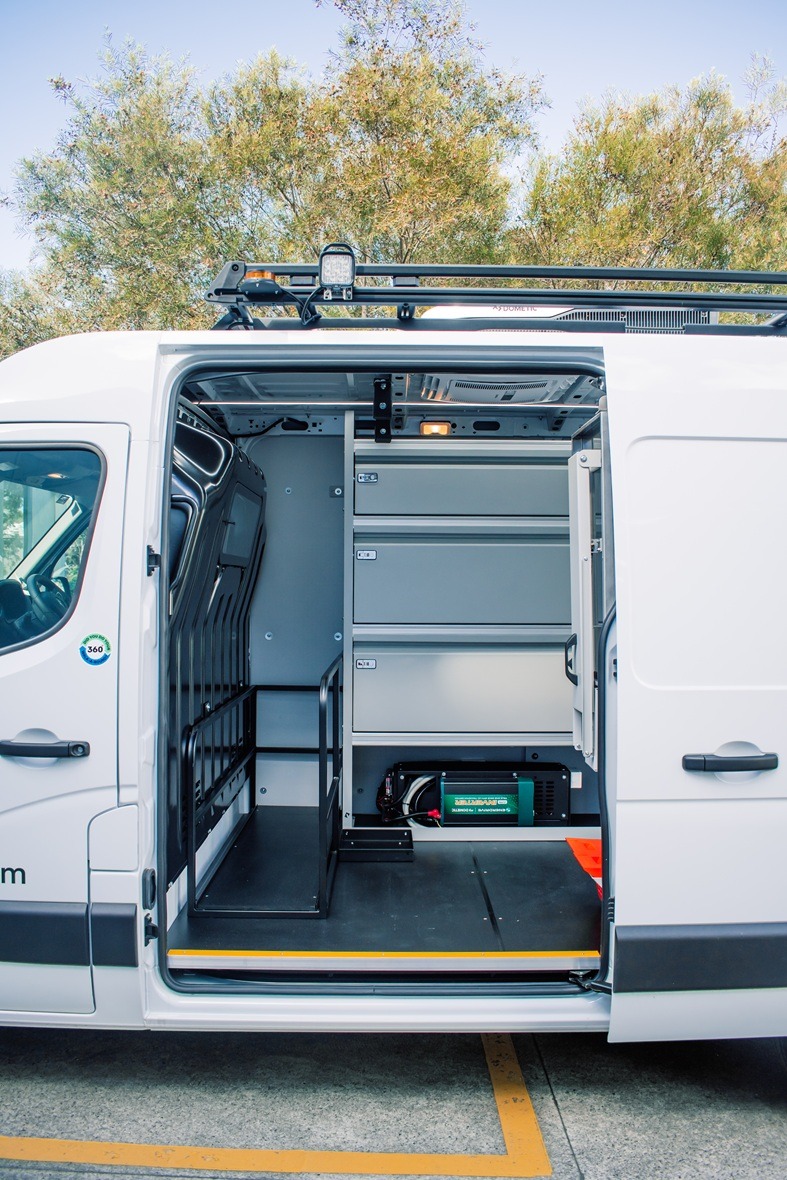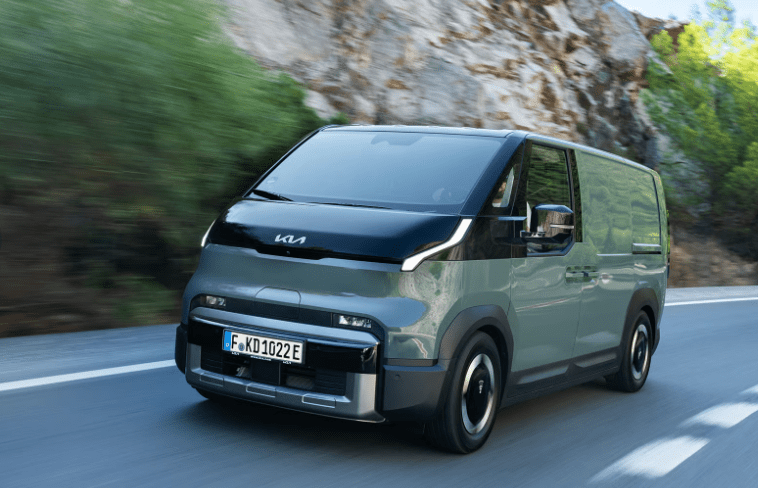
Front Protection Bars for your Vehicle: Everything you need to know!
May 29, 2024
For some drivers a bull bar is mainly important for its rugged good looks. The truth is, however, that choosing the right one for your vehicle can be a vital extra layer of protection for your vehicle regardless of whether you’re doing deliveries, out on a job site or anywhere else on the road for work or leisure.
Not only can it be very beneficial in the event of a collision, but if you’re driving frequently on rural or country roads in Australia, a front protection bar can also play a vital role in protecting you and minimising the damage to your vehicle if a kangaroo (or other wildlife) jumps or crosses in front of the vehicle.
It’s also definitely worth a mention that if you use your vehicle off-road, bull bars can also come in very handy as a place to mount winches and other important accessories such as driving lights and antennas.
Choosing and finding a front protection bar that’s right for your vehicle and requirements can take quite a bit of research. To help get you started, here are some handy tips (all in one place) to help get you (and your bull bar) safely on the road.
First up — take a look at the material they’re made of
Like most things, not all front protection bars are created equal. They might seem pretty much the same at first glance, but when you take a closer look, the materials they’re made of differ substantially which will need to be taken into consideration when making your choice.
While steel is undeniably strong when it comes to the all-round protection offered (and often the first choice for those who want something that’s going to go the distance), it is also extremely heavy which can affect your vehicle in areas such as its suspension and weight (leading to the need for a suspension upgrade).
Aluminium can be a great alternative, offering considerable strength while being lighter and therefore having less impact on areas such as suspension and tyres. It’s worth bearing in mind, however, that while it won’t rust, aluminium will generally need more polishing and cleaning to keep looking good.
In turn, plastic can be a good option for protection in less major collisions. Plastic is light (therefore not impacting the suspension) and can often bounce back into shape after a minor bump or scrape. However, it is also less hardy so offers less protection than a bull bar made of steel or aluminium at times when it may really be needed!
Deciding on a bull bar’s material comes down to your unique requirements
Different drivers have varying needs from a bull bar – so while drivers who do a lot of country driving often opt for steel, aluminium may be right for you if you don’t often use rural roads. Choosing a plastic bull bar is probably not recommended for heavy duty protection and not really suitable unless you stick to city roads. Weighing up the pros and cons of each of these materials is always a good place to start.
A few facts about bull bar styles and design
As with any vehicle accessories, some are better suited (and look right at home!) on certain types of vehicles. But it’s not all just about good looks! Make sure whatever you choose fits your vehicle size and model.
When it comes to front protection bars there are a number of options when it comes to style including single hoop, triple hoop, bumper bar, nudge bar, competition bars and baja bars. Here’ s a quick rundown of each, including some tips as to when they are typically used (and the vehicles they are used on):
- Single hoop and triple hoop bars: Both of these styles are frequently sought after by 4×4’ers and utility drivers. As its name suggests, the single hoop consists of a single hoop over the grill to protect the radiator and is a great option to provide a balance between protection of the front of your vehicle while not being too weighty. Triple hoop bars offer optimal protection so are particularly well suited for rural roads where animal collisions often occur, however they are weighty (so keep that in mind!)
- Bumper bar: Most people are pretty familiar with a bumper bar which is just a basic bull bar. It’s not going to be anywhere near as good as a single or triple hoop bar but gives a bit of extra protection than if it wasn’t there at all!
- Nudge bar: The nudge bar is designed to offer protection against much less severe impacts (such as minor bumps and scrapes) and is usually fitted around the grille area of the vehicle. They are typically constructed of aluminium, are lighter and offer less heavy-duty protection. Nudge bars are particularly popular for commercial or fleet use.
- Competition bar: Once again, its name speaks for itself – and is usually fitted for off-road competitions. They can be easily removed, however offer only limited protection when it comes to animal collisions.
- Baja bar: Baja bars are similar to a bumper bars, however they can also offer additional reinforcement in the chassis so they can be used with winches.
Bull bars, winches, other accessories and safety considerations
If you’re intending on mounting a winch to your bull bar, make sure you keep this in mind, and be sure to look for a winch bar which has the required strength and capabilities. Not all bull bars can be used for (or are up to) this purpose.
Adding other accessories (such as antennas and driving lights) to your bull bar should also be done with careful consideration to aspects such as vehicle dimensions to make sure the bar doesn’t impact the safe running of your vehicle. The bull bar must also be airbag compliant and all its accessories must comply with regulations for bull bars of your state so that it doesn’t affect the safety of your vehicle on the road.
State rules vary so make sure you know what applies to you
As with other aspects of vehicle ownership, there are varying regulations regarding bull bars across Australia. Below are some links to facts about each state’s rules and regulations so you can get started with checking you are bull bar compliant:
The vehicle fitout technicians at VQuip can assist you with choosing the best and most practical front protection bars for your fleet vehicles – contact us today for more information!





